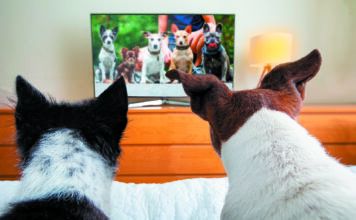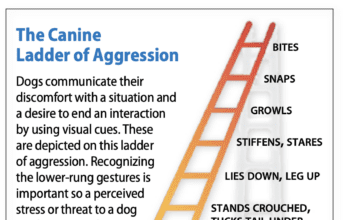Getting a Dog Past Submissive Urination
Jollying a Dog Out of Fearful Submission
We have devoted no small amount of space in Your Dog to teaching people how to rein in an aggressive dog, and for good reason. Aggression is the most common behavioral problem we see, and also the most dangerous. One wrong move by an overly aggressive dog, and someone, or some dog, could get hurt — or worse. It doesn't matter whether the aggression is territorial or comes about because a dog is in pain, or even is born of fear. A dog bite (or bites) can be very serious.
Seemingly Out of Nowhere: 4 Reasons a Dog’s Behavior Changes
Sudden Behavior Change with Separation Anxiety
Fear Aggression Usually Kicks In During Canine Adolescence
Vicki Hale of Georgetown, California, is concerned. Her seven-month-old Cavalier King Charles spaniel, Kingsley, has been "a very happy dog up to now" but has "started to be a little shy and has also started growling at people he does not know," she explains.
"I am not sure how to handle this," Ms. Hale says. "Is he starting to be a little protector?" She adds that he has not been neutered yet and that she would like to breed him two or three times before he is, implying that maybe his being intact is what's making him aggressive. "What can I do about the growling?" she asks.
Socializing Your Puppy Safely Before She Has Had All Her Vaccinations
You bring home your brand new puppy somewhere between the ages of 8 and 10 weeks. She has already had her first set of vaccinations, but she has at least two more rounds to go, possibly three, depending on her breed and other circumstances, such as where you live and what pathogens might be in the environment.











